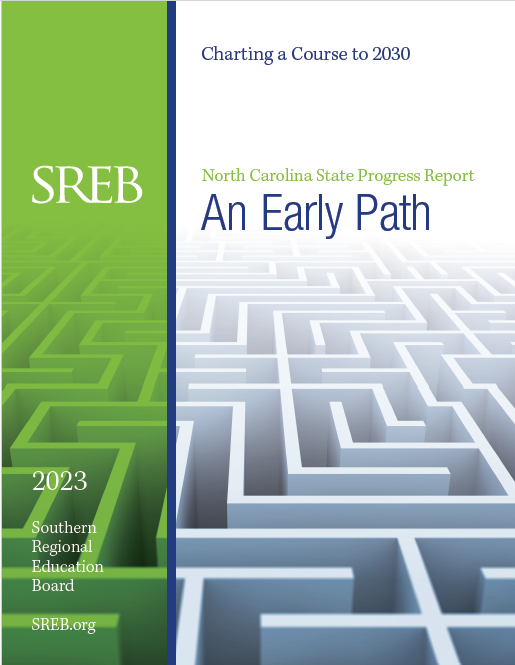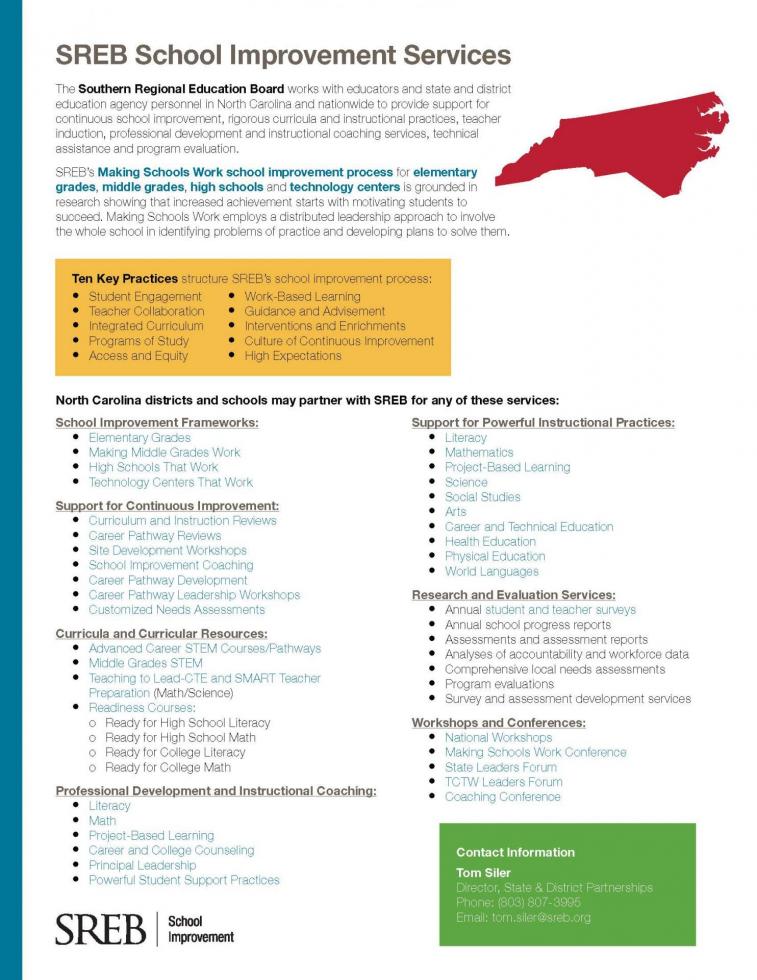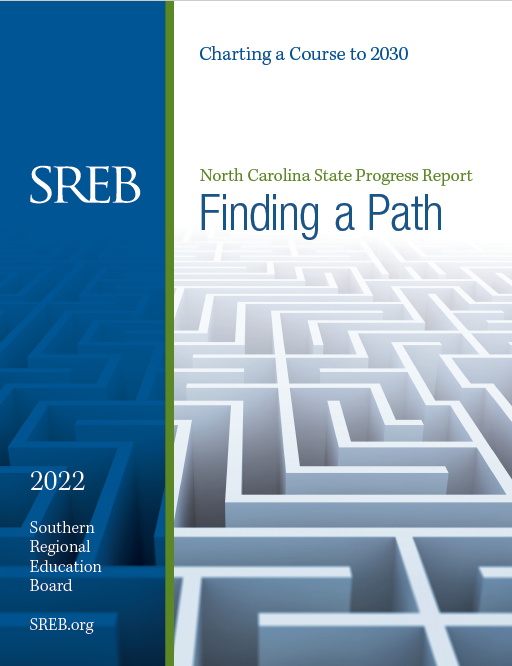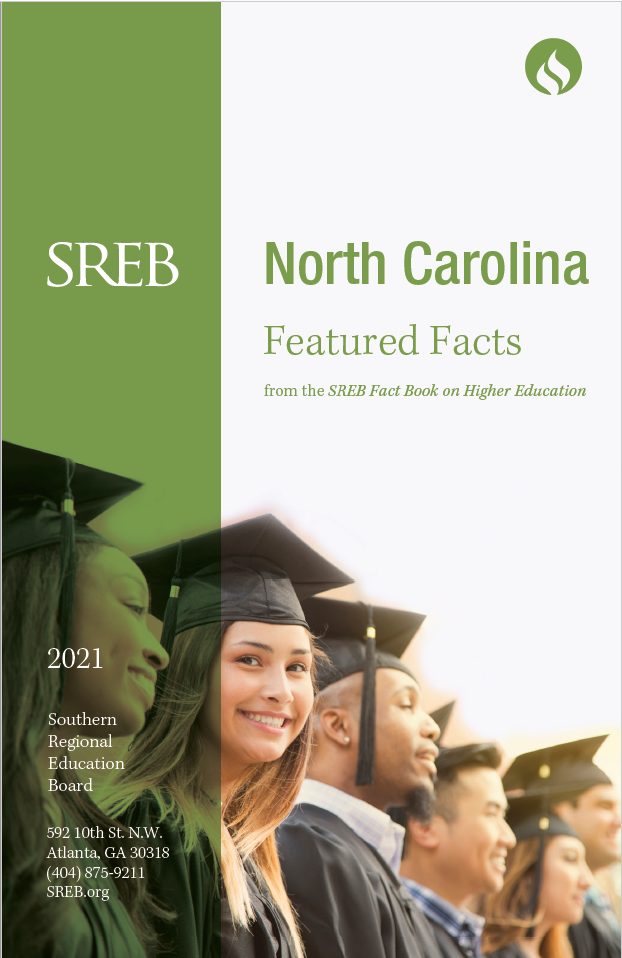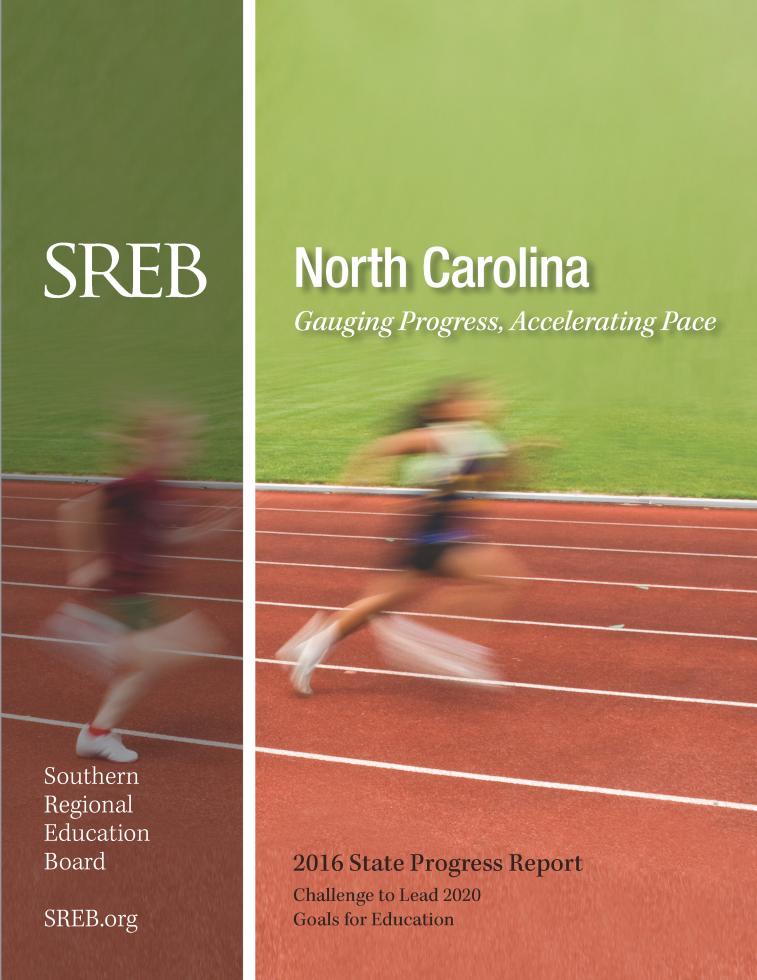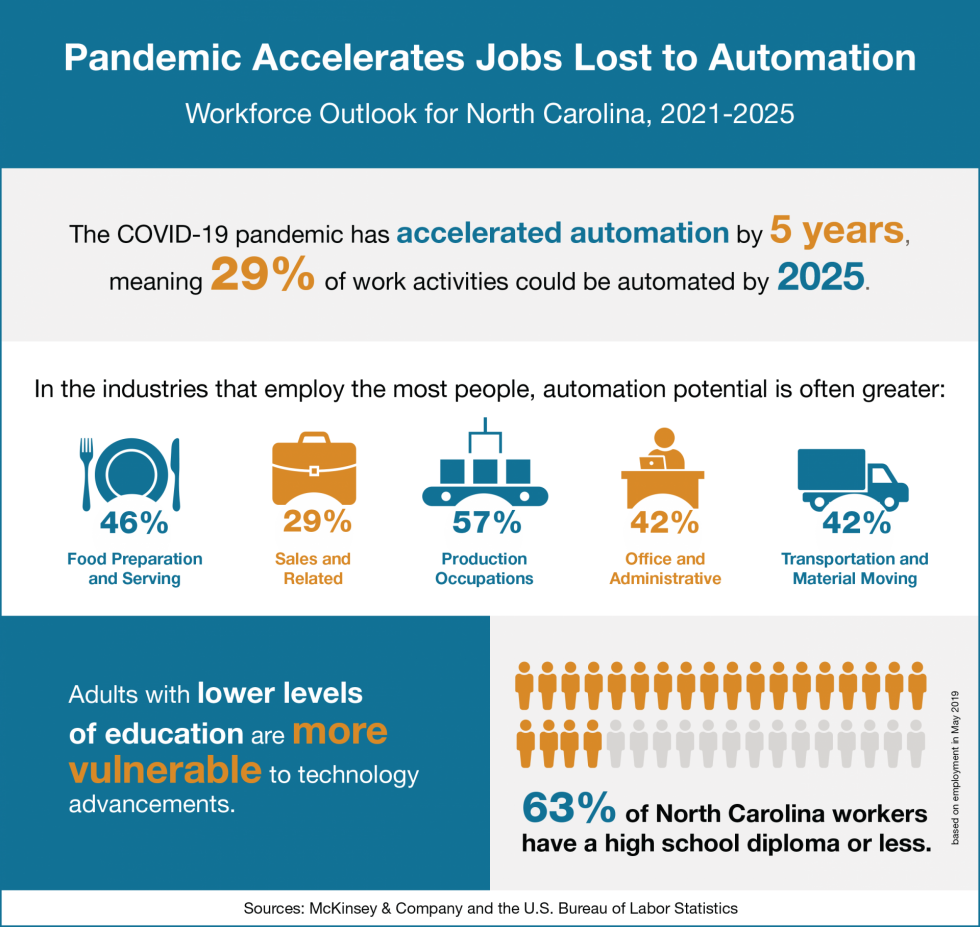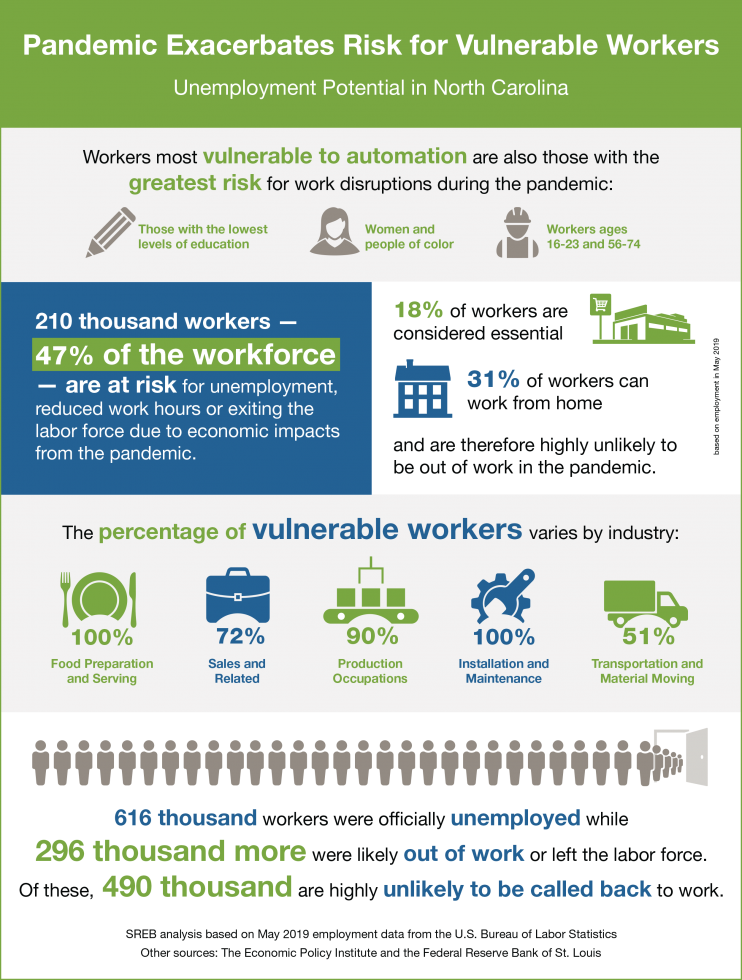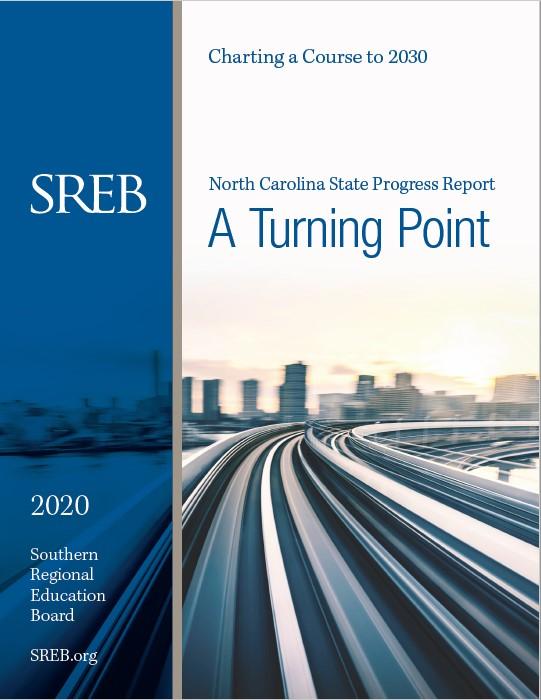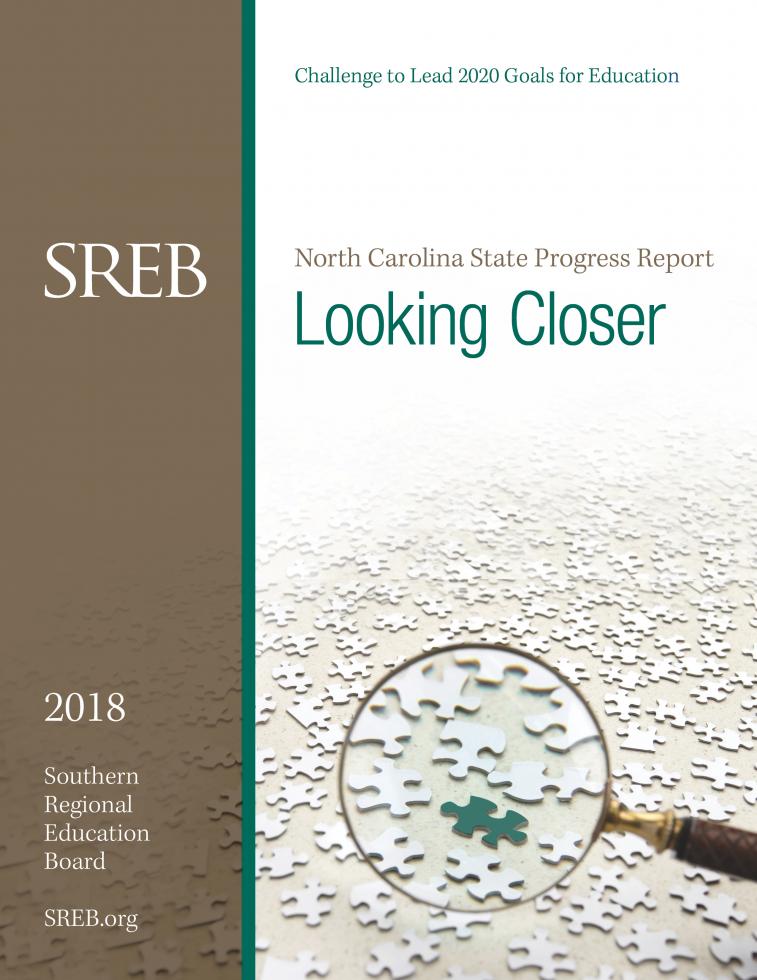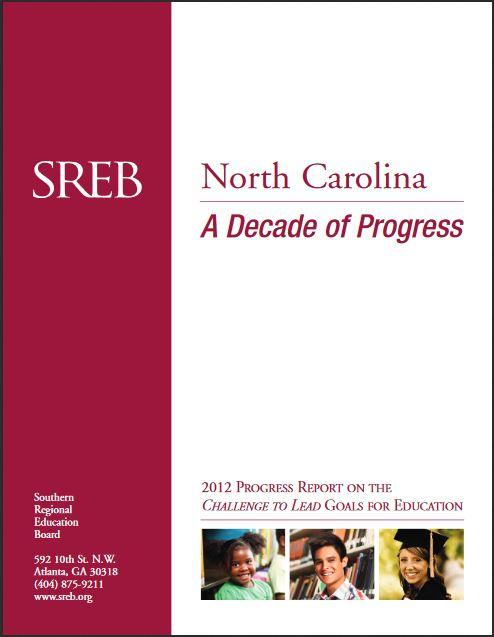State: North Carolina
North Carolina
Your Guide to Data and Services for North Carolina
SREB works with North Carolina policymakers, colleges and schools to help them improve education. From this page, find independent, accurate data, reliable best practices and ways to share scarce resources.
North Carolina Members of the Board
Josh Stein, Governor of North Carolina, Raleigh,
ex officio (2029)
Christine Kushner, former Board
Member, Wake County Schools, Raleigh (2027)
Graig R. Meyer, State Senator, Chapel Hill
(2029) Executive Committee member, Treasurer of the
SREB Board
Shirley Prince, Executive Director, North Carolina
Principals and Assistant Principals Association, Wilmington
(2026)
Gladys A. Robinson, State Senator, Greensboro
(2028)
(Appointments to the Board are made by the Governor. Terms
expire June 30 of the specified year.)
North Carolina Members of the Legislative Advisory Council
Brian Biggs, State Representative, Trinity
Gloristine Brown, State Representative,
Bethel
Jay J. Chaudhuri, State Senator,
Raleigh, Vice Chair of the Legislative Advisory
Council
Kevin Corbin, State Senator, Franklin
Bobby Hanig, State Senator, Powells Point
Frances Jackson, State Representative,
Fayetteville
Brandon Lofton, State Representative,
Charlotte
Graig R. Meyer, State Senator, Chapel
Hill
Heather Rhyne, State Representative,
Lincolnton
Gladys A. Robinson, State Senator,
Greensboro
North Carolina Savings: Tech Purchasing, State Authorization
North Carolina saved $1.9 million on $21.6 million in technology purchases in fiscal year 2023 through SREB participation in discount agreements. Details >
Colleges and universities in North Carolina save an estimated $11.1 million annually and saved an initial $3.2 million on authorization for distance learning through SARA, the State Authorization Reciprocity Agreement. Details >




